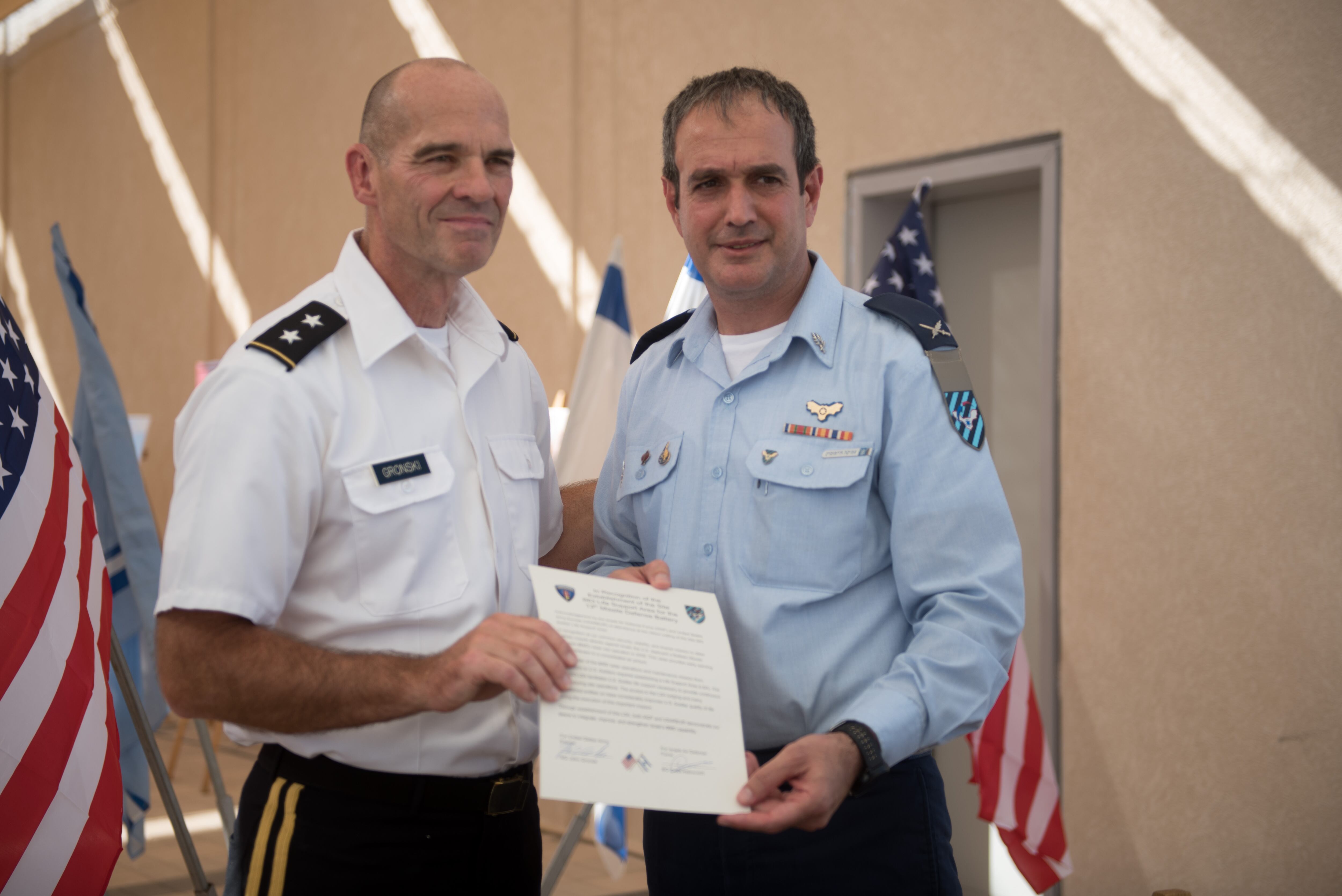BEIRUT ― A military bases race is underway between Russia and the U.S. as each nation seeks to expand its presence in Syria and counter asymmetric threats.
The U.S. has a military presence in several key locations, but there are two areas with heavy U.S. troop presence that are being transformed to military bases, according to a military source: The first is located in Al Tabaqah near Al Raqqa north Syria, where the U.S. special forces troops are training Kurdish groups; the other is constructed in Al-Tanf where the U.S. troops prevent Syrian and Russian armed forces from crossing.
RELATED

Al Tabaqah was a Syrian military air base before revolts ended the hold. U.S. also has special operations forces along the Jordan- Iraq- Syria borders in Al Tanf, a crossing where Syrian revolt groups are trained. The U.S. military presence in Deir Ezzour and in Al Tanf have “sandwiched” this area, impairing Iran’s efforts to build the bridge connecting Iran with the Mediterranean.
By comparison, Russia has two permanent military bases in Syria – an air base in Hmeimim and a naval base in Tartous.
“Russian officials want an immediate exit from Syria because they are aware that if the region’s dynamics are altered, Russia will encounter guerrilla warfare against its presence in Syria,” said Elias Hanna, a retired general of the Lebanese Army, pointing to an attack on Hmeimim by drones from a distance of 50-100 km away Jan. 6.
“It is impossible for an ISIS member to design a drone [able to] travel 50-100 km,” he added. “It needs the capabilities to connect to satellites and GPS” – which is a grave concern to Russia.
After the attack, Russia’s Defense Ministry insinuated the U.S. was involved, saying that the data for the attacks could only have been obtained “from one of the countries that possesses know-how in satellite navigation,” and calling it a “strange coincidence” that a U.S. military intelligence plane was flying over the Mediterranean near the two Russian bases at the moment of the attack. The Pentagon strongly denied any involvement.
The Russian military presence in Syria is based on an agreement signed between the legitimate internationally recognized Syrian government of Assad and the Russians, under which Russia built two permanent bases for an indefinite period of time. Russian President Vladimir Putin has signed a law ratifying a deal with the Syrian government allowing Russia to keep its air base in Syria for almost half a century, according to July 2017 documents.
“Syria is located in a strategic position – it is the gateway to the Middle East and the Gulf; this is why we witness such a competition in sharing influence, not the least of which [involves] constructing military bases,” said retired Lebanese armed forces general Wehbe Katicha. “Note that the Russian arms had a huge increase in exports after the operations in Syria.”
Russia showed its military capabilities in Syria from fighter jets to air defense systems and it used the Syrian conflict as a trial field for its arms. Syria was a defense and military show to start exporting arms to the Gulf and Middle East, and the Saudi S-400 Triumph agreement with Russia is a direct result of this show.
Katicha stressed the strategic influence of Syrian ports that constitute a linking point for trade between the Mediterranean and the Middle East.
“The strategic influence of Syria is at the [core[ of the ‘military base race,’ where we witness a competition between major countries to prove their military presence,” he said. “Moreover, Russia is trying to come back as a great power in the region; this is [the reason for] risking extending its military presence in Syria, even though it knows that asymmetric threats might constitute an obstacle.”
Agnes Helou was a Middle East correspondent for Defense News. Her interests include missile defense, cybersecurity, the interoperability of weapons systems and strategic issues in the Middle East and Gulf region.




